What is a cultivator and how does it work?

The garden equipment segment includes many different units. One of the most common types of equipment is cultivators. They are used to work with both small areas and large land areas.
Experts note that the first cultivators appeared on the market at the beginning of the 20th century. Since then, the technique has changed significantly. The structure of the machine, its capabilities and the principle of operation were improved. The designers paid special attention to the engine. Due to technological progress, large and bulky units have turned into compact equipment that can be used by every gardener. Mobile cultivators have greatly facilitated the work of summer residents.

general characteristics
Cultivators are used to cultivate the land. Currently, they are indispensable when working on the territory of personal plots, especially if you need to process a large plot in the shortest possible time.
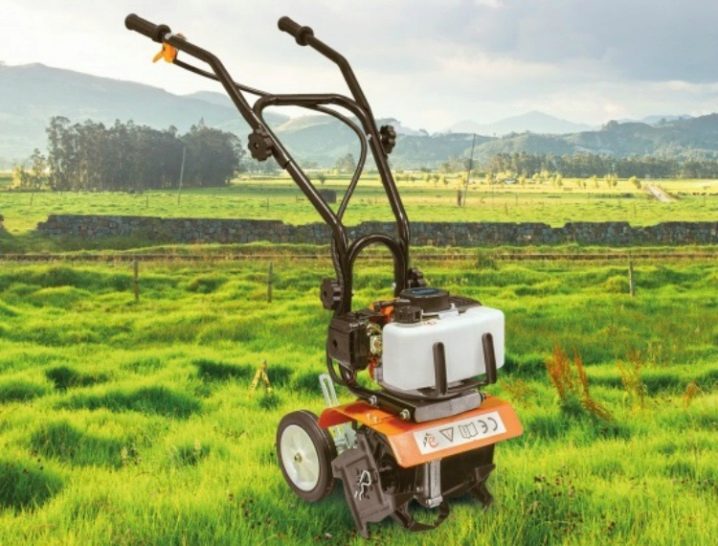
The machine performs a number of functions. Using cultivators, you can plow, huddle and loosen the soil, this technique is used when you need to perform furrowing and harrowing.

Simple and straightforward operation has ensured widespread use of technology. Even a beginner in horticulture will be able to master the equipment by knowing the basics and following the instructions. Specialized shops offer a variety of cultivator models. They differ in appearance, set of functions, and other factors.
Device
The engine can run on two types of energy (electricity and fuel). This characteristic is one of the most important when choosing a technique. Each manufacturer introduces its own characteristics when developing the unit.
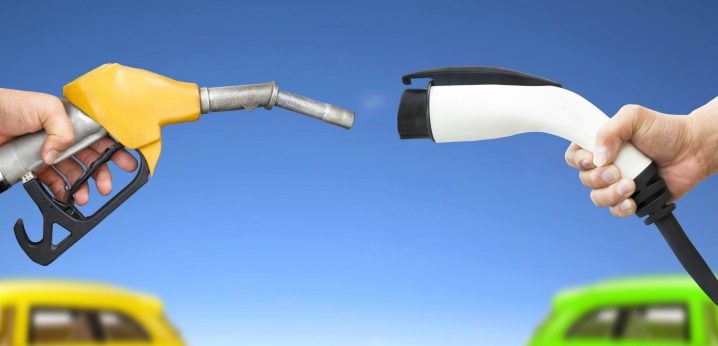
The main components of any type of cultivator:
- steel beams;
- wheels;
- frame;
- control lever;
- fuel tank;
- motor;
- connecting rotor;
- cultivation device;
- set of brackets.

Other components depend on the capabilities of a particular model.
Motoblock or cultivator?
Many novice gardeners and summer residents who choose equipment for processing land plots are wondering how a cultivator differs from a walk-behind tractor. The second option is a large self-propelled vehicle. It is more powerful than a cultivator and has more versatility.
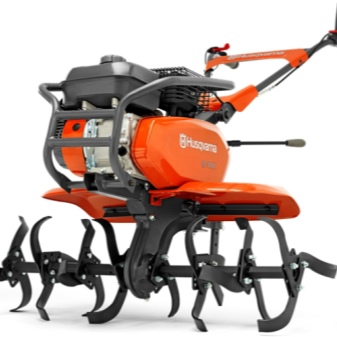
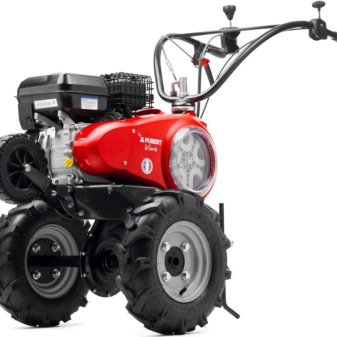
The device of the walk-behind tractor necessarily includes the presence of a control panel, transmission and chassis. Cultivators, including motor-cultivators, are much easier to operate and have a narrowly focused set of capabilities.
Dimensions and weight
Lungs
The weight of such models varies from 9 to 30 kg. The power indicator of the devices is from 1 to 3.5 liters. with. Such models are perfect for working with small land plots, no more than 14 acres.
The main advantage of a technique that fits into the above category is mobility. With its help, you can carry out processing in hard-to-reach locations. And also it is worth marking an affordable price, which varies from 10 to 35 thousand rubles.

Medium technique
This type includes units whose weight starts from 40 and ends with 65 kg. With this size, the average engine power is 5.5 liters. with. Larger and more efficient models can till the soil to a maximum depth of 35 cm, with a passage width of approximately 85 cm.The machines are equipped with three gears and are designed for working in middle areas. Such cultivators are most often chosen by semi-professional summer residents and owners of small farms. The price varies from 13 to 45 thousand rubles, depending on the specific model and manufacturer.

Heavy machines
The functionality of heavy cultivators is very similar to walk-behind tractors, however, there are certain differences. This type of equipment has a weight of more than 70 kg, the minimum motor power is 5.5 liters. with. Units of this type are designed to operate on large agricultural land.
Heavy equipment allows you to work with difficult and hard soils. The machine can cultivate up to 2 hectares of land. The price for such equipment starts at 20 thousand rubles.

Engines
Electric motor
Cultivators began to be equipped with motors of this type at the beginning of the last century. However, the models presented on the modern market differ significantly from the first samples in compactness and mobility. Most units with electric motors are small in size.
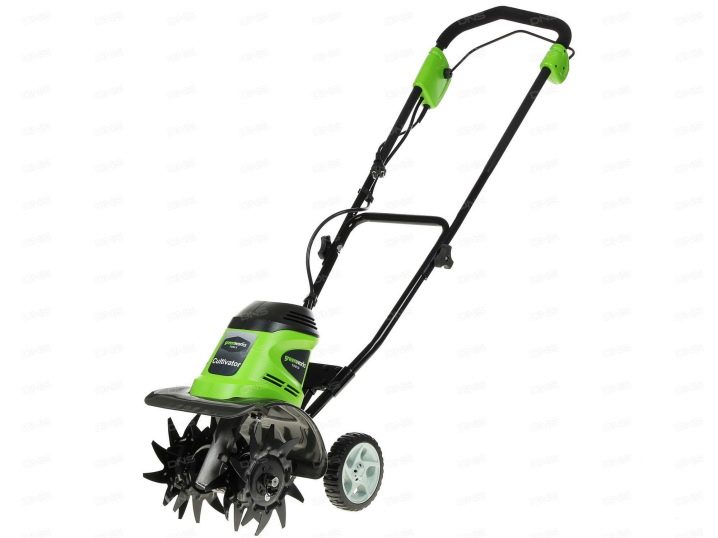
One of the main advantages of such engines is environmental friendliness and safety. During operation, the equipment does not produce harmful substances and emissions that negatively affect the environment. There are also negative sides, they are connected with inconvenience when using the device. The equipment must be connected to the mains, which means that a wire will follow the machine, its length introduces certain restrictions.

It is imperative to monitor the position of the cord so as not to damage it. The power consumption is low, the cultivator will need 3 kW (the optimal value for equipment with a power of 4 horsepower).
Petrol engine
On sale are models of cultivators that run on liquid fuel. Equipment equipped with gasoline engines is in great demand among modern buyers. Motors of this type are equipped with more powerful equipment. The cost of equipment is higher compared to models with electric motors.
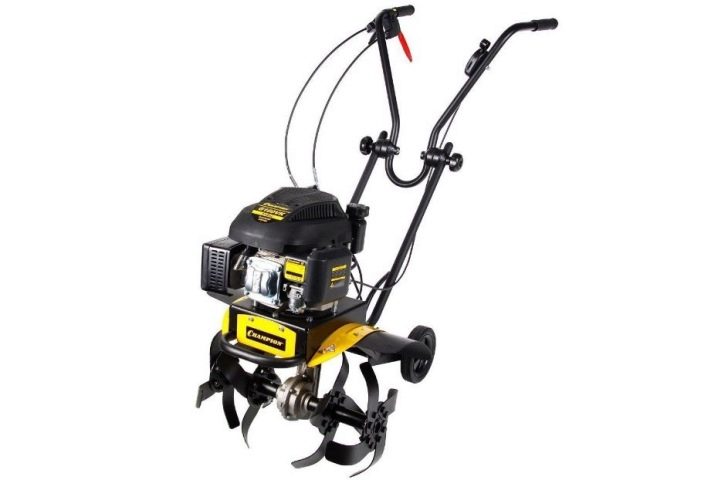
For what a cultivator is, see the video below.
Despite their high performance, these units are more difficult to maintain. For normal and trouble-free operation, it is necessary to regularly clean the motor using oils and special compounds. You can not use gasoline cultivators on the basis of enclosed spaces, in greenhouses. During operation, exhaust gases are generated that are hazardous to human and plant health.




































































The comment was sent successfully.